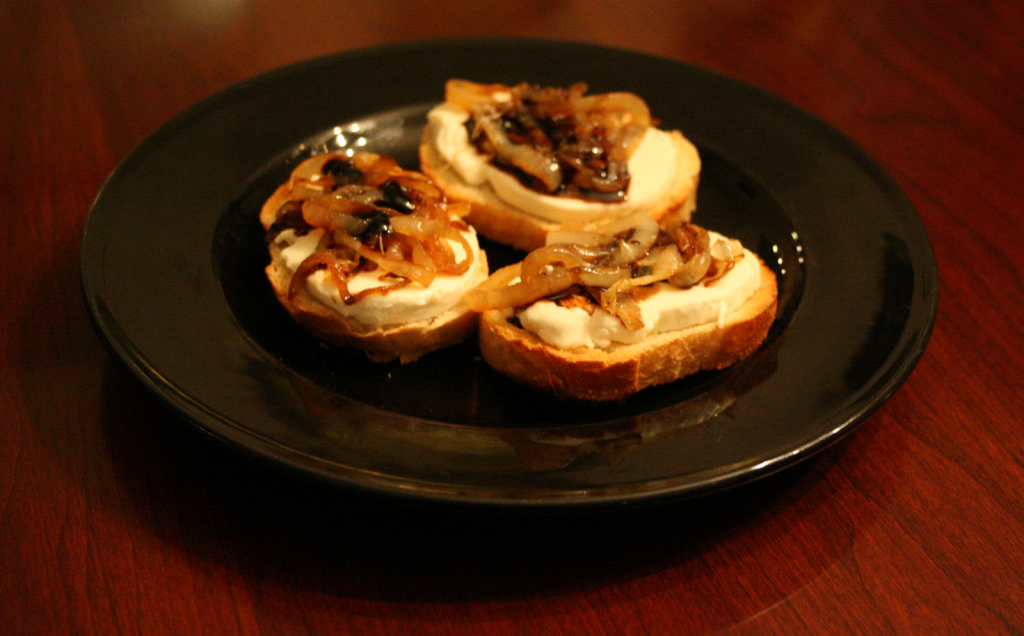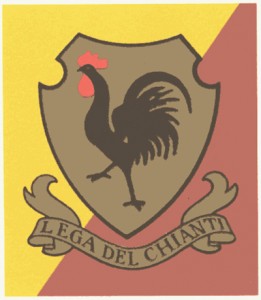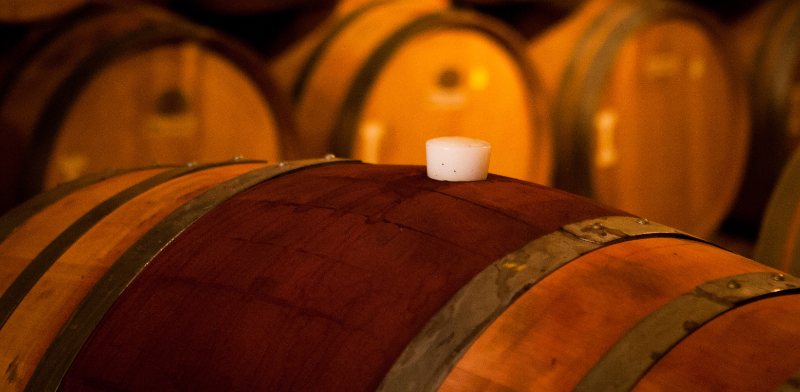 The woods that the Gauls used for making barrels were oak and fir. When these were adopted by the Romans, oak proved to be more suitable for wine, and its use continues to this day. However, people being what they are, we can be pretty sure that just about every other kind of wood has been tried at least once for making barrels and probably for storing and aging wine. A handful have been up to the job.
The woods that the Gauls used for making barrels were oak and fir. When these were adopted by the Romans, oak proved to be more suitable for wine, and its use continues to this day. However, people being what they are, we can be pretty sure that just about every other kind of wood has been tried at least once for making barrels and probably for storing and aging wine. A handful have been up to the job.
Oak
Oak’s preeminence comes from the almost perfect combination of tantalizing aromas, enriching flavors, structuring tannins, and elegant mouthfeel that it can bring to wine. While the whole package can be overwhelming for delicate wines and is not suitable for use with all grapes, when employed judiciously, wines of incredible flavor, depth, and complexity can result.
As is true for the grapes that go into wine, the type of oak and where it comes from have an effect on the final result. The two extremes are American oak and French oak with the other European oaks generally viewed as being somewhere in between. American oak, a different species of oak than the others*, is known for providing more flavor and less structure while French oak is biased the other way.
For me, the first indicator of which oak has been used in aging a wine is mouthfeel. American oak imparts a distinctly creamy sensation, one that wraps around your tongue, while French and European oaks have a more satiny or silky mouth feel that caresses your tongue. If that doesn’t make sense to you now, try a few and you’ll get it.
American oak generally contributes the fewest tannins and French oak the most. Eastern European (Hungarian, Russian, and Slavonian) oaks are described as providing less structure and sweeter aromas than French oak with moderate tannin impact. Caucasian oak is considered by some (but not all) to be the most restrained of the oaks and well suited to lighter wines, including whites.
In the flavor spectrum, if you get a predominance of sweet vanilla, coconut, or cream soda, you are probably tasting the influence of American oak. French oak is known for mild vanilla aromas with flavors that run to cinnamon, allspice, custard, and crème brûlée. Hungarian oak often comes across with a fuller mid-palate than French oak and a pleasant spiciness that has nutmeg, clove, and sweet oriental notes.
The choice of which kind of oak to use in aging wines is (naturally) up to the winemaker, but there are some general tendencies. French oak, the leading choice in wood aging for most French wines, is selected by winemakers around the world for its tannins, structure, and subtle flavor components. Eastern European oak fills much of the same role outside of France (and, at one time, was even preferred by many French winemakers). American oak is used with bigger, fuller wines, primarily in Spain, North America, South America, and Australia. Slavonian oak is widely employed in Italy because of its ready availability.
Chestnut
Flavors of caramel, toast, and honey are what Chestnut can contribute to wine. The wood also contains a lot of tannins, and wine aged in new chestnut can be so tannic as to be undrinkable. This effect is tempered by using older barrels, and fans of chestnut aging value the complex flavors, light tannins, and good fruit preservation that result.
Due to the more porous nature of the wood, barrels made of chestnut have much higher evaporation and oxidation rates than those built from oak. Because of this, chestnut barrels are generally viewed as being suitable only for short aging periods. One exception is Vin Santo which, aged for several years without topping up, embraces the effects of both evaporation and oxidation as part of the wine’s style. Some winemakers utilize chestnut for long term storage by coating the inside with wax (or, more recently, silicone). Chestnut barrels are used in Beaujolais, parts of Italy, and Portugal.
Cherry
Barrels made from cherry wood are traditionally employed in the production of Ripasso and Vin Santo style wines in Italy. Winemakers that use it prize the wood for its gentle contribution of light cherry and red fruit flavors that complement their wines. The wood is also known for significantly influencing wine color, making it redder and deeper.
Like oak, cherry wood contributes tannins to wine as it ages. Wines aged in cherry oxidize faster than they would in oak. This can shorten the aging process or become an integral part of the aging process for oxidized wines like Vin Santo.
Acacia
Of all the woods commonly used in winemaking, acacia is the most gentle. Winemakers that work with acacia note its ability to provide structure and oak-like mouthfeel while preserving the aromatic and fruit characteristics of the wine. Less toasty and woody than oak, it is well suited to white wines, delivering delicate citrus and floral notes with a possible touch of sweetness that would never be noticed in more powerful wines. Some winemakers describe acacia as tannin-free, while others feel that it adds small amounts of soft tannin to the wine.
Acacia is more porous than oak, resulting in higher wine loss and more frequent topping up. It is typically used when the winemaker wants a short (3 or 4 month) period of conditioning before bottling.
Acacia barrels are common in Austria. They are used in Bordeaux, Sauternes, Loire Valley, and Gailac, commonly with sweet white varieties such as petit manseng, muscadelle, and mauzac. Acacia enjoys a broader range of use with Bordeaux, Burgundy, and Rhone white varietals. In the U.S., acacia is employed for aging sauvignon blanc, pinot blanc, viognier, chardonnay, and pinot gris.
*American oak is a species named Quercus alba, while two species of oak are used for barrels in Europe, Quercus robur and Quercus petraea. The two European oak species are often considered the same for wine making purposes (and are typically intermixed in barrel construction) though some sources express a preference for one over the other.
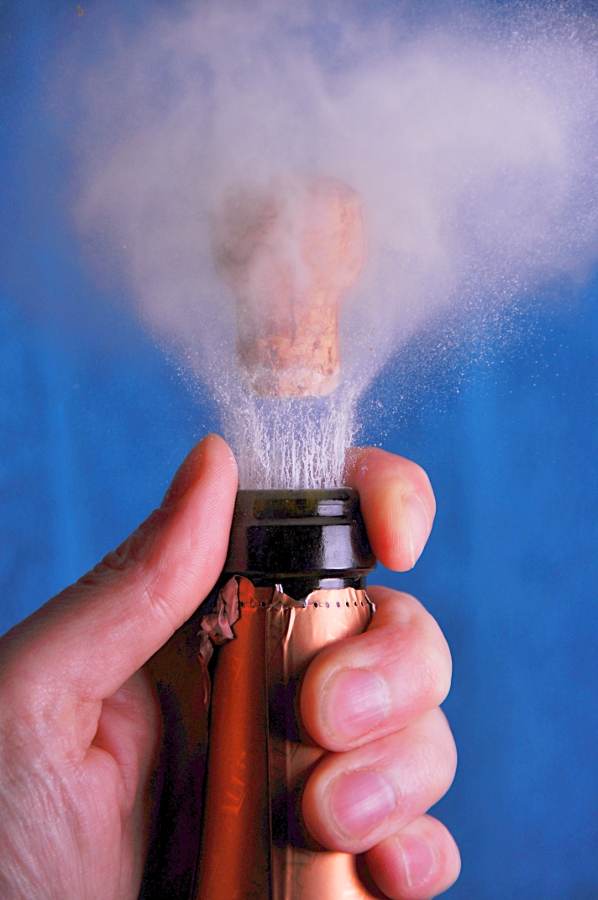

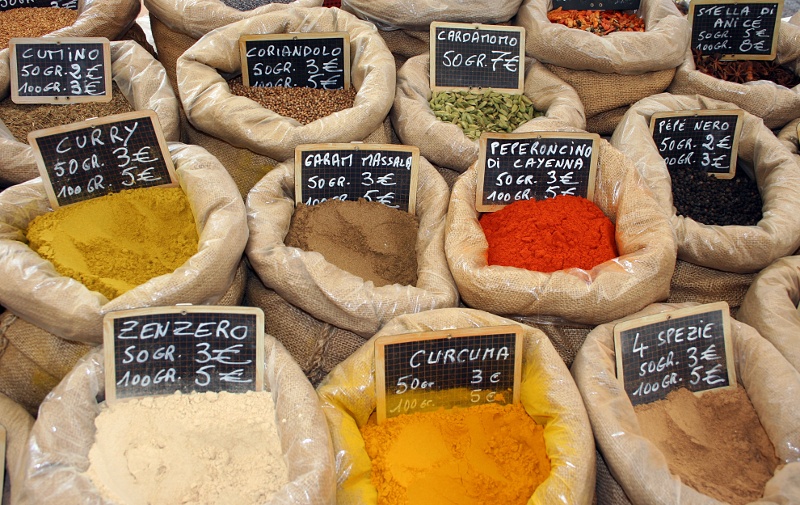 Wood barrel aging has been called the winemakers spice rack. In the same ways that herbs and spices make foods more delicious, the aromas and flavors derived from wood can enhance wine. An earlier post discussed the effects of the different types of wood used in wine barrels, but that’s just the beginning. There are many other factors that affect the final result. For example, toast.
Wood barrel aging has been called the winemakers spice rack. In the same ways that herbs and spices make foods more delicious, the aromas and flavors derived from wood can enhance wine. An earlier post discussed the effects of the different types of wood used in wine barrels, but that’s just the beginning. There are many other factors that affect the final result. For example, toast. The woods that the Gauls used for making barrels were oak and fir. When these were adopted by the Romans, oak proved to be more suitable for wine, and its use continues to this day. However, people being what they are, we can be pretty sure that just about every other kind of wood has been tried at least once for making barrels and probably for storing and aging wine. A handful have been up to the job.
The woods that the Gauls used for making barrels were oak and fir. When these were adopted by the Romans, oak proved to be more suitable for wine, and its use continues to this day. However, people being what they are, we can be pretty sure that just about every other kind of wood has been tried at least once for making barrels and probably for storing and aging wine. A handful have been up to the job.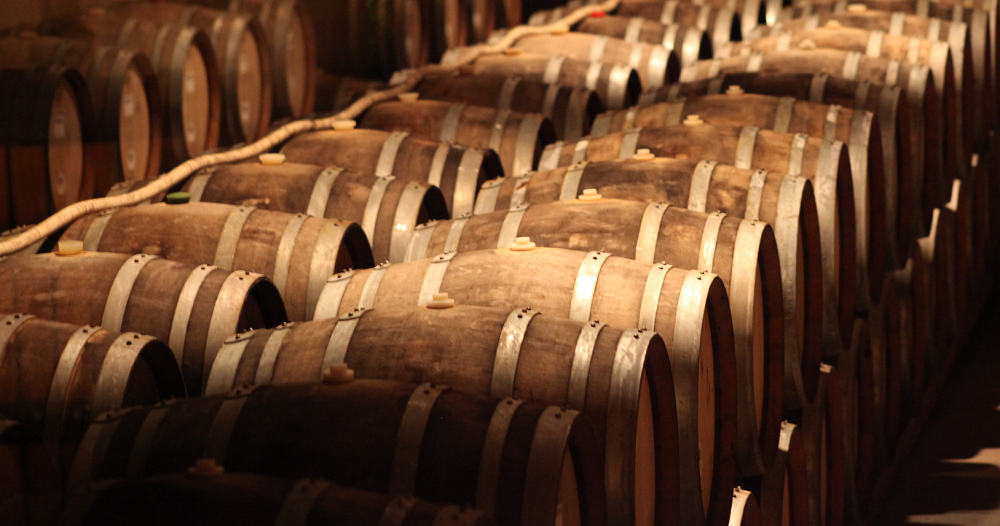 The original reason for putting wine into wood barrels was to make it easier to move. Amphorae and dolia made from clay were a proven solution for wine storage and could be transported reasonably well by ship, but their weight and fragility made them much less suitable for going any distance over land. The Mesopotamians are believed to be the first to use wooden barrels to carry wine. These were manufactured by hollowing out palm tree trunks, a time-consuming and expensive process, and their use did not spread outside of the Middle East.
The original reason for putting wine into wood barrels was to make it easier to move. Amphorae and dolia made from clay were a proven solution for wine storage and could be transported reasonably well by ship, but their weight and fragility made them much less suitable for going any distance over land. The Mesopotamians are believed to be the first to use wooden barrels to carry wine. These were manufactured by hollowing out palm tree trunks, a time-consuming and expensive process, and their use did not spread outside of the Middle East.